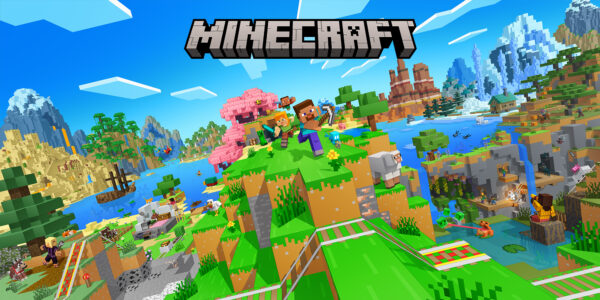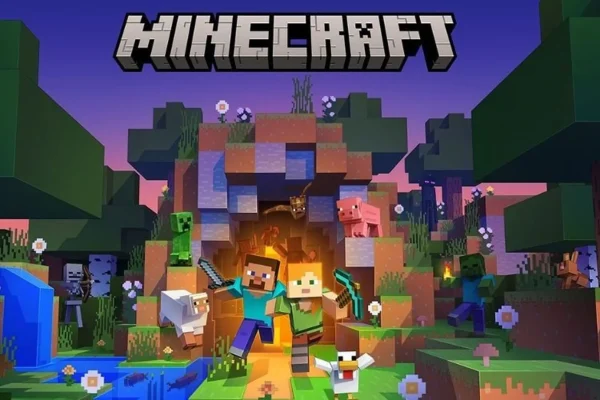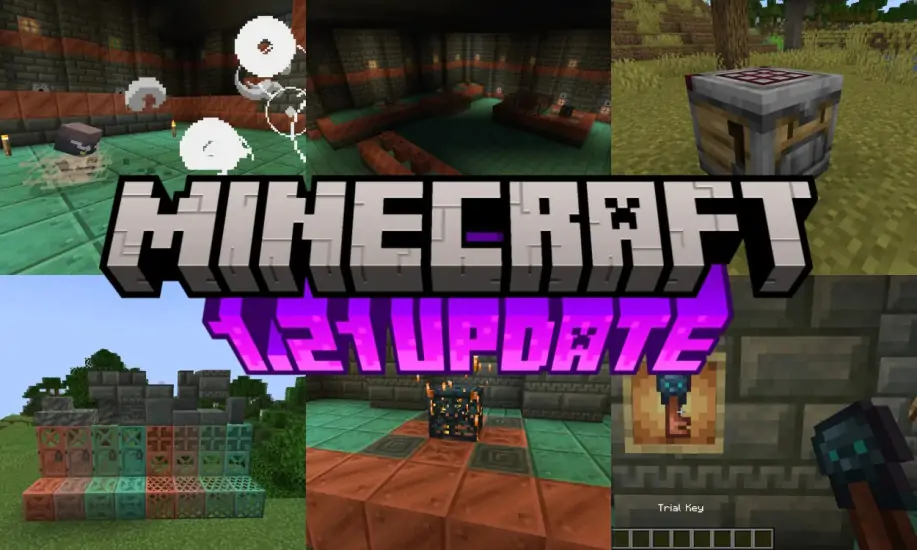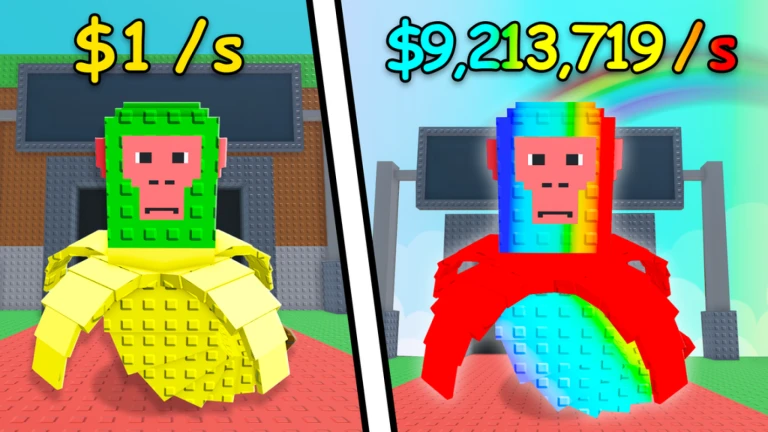Popular Now
Introduction
Redstone is the electricity of Minecraft. With it, players can automate farms, build secret doors, create traps, elevators, and even computers. But to many, redstone seems mysterious and intimidating. This guide will walk you through how to master redstone, starting from the basics and progressing step-by-step into more complex mechanisms. Whether you’re a Survival builder or a Redstone engineer in Creative mode, you’ll find everything you need to become a redstone pro.
1. Understanding What Redstone Is and How It Works
Redstone is a mineral found underground that acts like wiring. When powered, it can activate components like pistons, doors, lamps, and more.
Where to find redstone:
-
Mined from redstone ore between Y-levels -63 and 15
-
Drops redstone dust when broken with an iron pickaxe or better
How redstone works:
-
Redstone dust carries power up to 15 blocks
-
Power can come from levers, buttons, pressure plates, redstone torches, or blocks
-
Components react to redstone signals—doors open, pistons move, etc.

2. Learning Basic Redstone Components
To build anything with redstone, you need to know the core components. These are the building blocks of any circuit.
Basic components:
-
Redstone Dust: Transmits power
-
Redstone Torch: Constant power source, used for logic gates
-
Levers, Buttons, and Pressure Plates: Input devices
-
Pistons and Sticky Pistons: Move blocks
-
Repeaters: Extend signal range and add delays
-
Comparators: Compare block states, used in item sorting
-
Observers: Detect block changes and emit signals
Mastering these will allow you to build basic machines like automatic doors or trap systems.
3. Building Your First Redstone Circuit
Now it’s time to build a simple redstone mechanism. One great starter build is a hidden piston door.
Steps:
-
Place two sticky pistons facing inward
-
Attach stone blocks in front of them to form the door
-
Add redstone dust behind the pistons and connect it to a lever
-
Flip the lever—the blocks move, revealing the entrance
This introduces you to input, wiring, and output—all core concepts of redstone.
4. Automating Farms for Food and Resources
Redstone shines in automation. You can automate farms to grow crops or collect resources with little effort.
Basic automatic farms:
-
Wheat Farm: Use dispensers with water to harvest crops
-
Sugar Cane Farm: Use observers and pistons to auto-harvest
-
Pumpkin/Melon Farm: Use observers to detect growth and pistons to break them
Benefits:
-
Saves time
-
Constant food and trade supply
-
Useful in both Survival and Hardcore
Expand by adding minecart hoppers underneath to collect drops into chests.

5. Creating Mob Traps and Defense Mechanisms
Redstone can also be used for defense. You can build traps to protect your base from mobs—or other players.
Simple mob trap ideas:
-
Arrow dispenser trap: Pressure plates trigger dispensers
-
Pitfall trap: Pistons retract to drop mobs into a pit
-
TNT trap: (Dangerous) Pressure plate on TNT block
For multiplayer:
-
Hidden traps behind doors
-
Redstone-activated lava falls
-
Alarm systems with noteblocks and observers
Use redstone to create a safer, smarter base.
6. Exploring Redstone Clocks and Timers
Redstone clocks are circuits that create a repeating signal. They're the foundation for timed systems like blinking lights or auto-dispensers.
Types of clocks:
-
Repeater Clock: Loop made with repeaters and redstone
-
Hopper Clock: Two hoppers moving an item back and forth with comparators
-
Observer Clock: Compact and fast, using block updates
What you can do with clocks:
-
Time your farm harvests
-
Activate lighting sequences
-
Control doors or traps with delay
Experiment with different delays and signal speeds to fine-tune your machines.
7. Building Secret Doors and Hidden Bases
Redstone allows you to build secret entrances that are invisible to other players and mobs.
Hidden door ideas:
-
Bookshelf door: Pistons move bookshelves aside
-
Lava waterfall: Deactivates with a lever, revealing a hidden door
-
Painting door: A hallway behind a painting (no redstone needed, but can be enhanced)
Use pressure plates, tripwires, or hidden levers to open entrances. Combine with redstone lamps or trapdoors for extra effect.

8. Using Redstone in Minecart Systems
Minecarts are great for travel, mining, or item transport. Redstone makes them more powerful and flexible.
How to use redstone in rail systems:
-
Detector Rails: Trigger redstone when a cart passes
-
Powered Rails: Speed up carts when powered
-
Activator Rails: Trigger TNT or eject players
-
Hopper Minecarts: Collect and move items from farms to storage
Build systems to auto-collect items and deliver them to your storage room using hoppers, chests, and rails.
9. Mastering Advanced Redstone: Logic Gates and Memory
If you want to go deeper, redstone can simulate logic gates (like in computers) and memory systems.
Common logic gates:
-
AND Gate: Two inputs needed to activate output
-
OR Gate: One of two inputs activates output
-
NOT Gate: Inverts input (using redstone torch)
Advanced builds:
-
Redstone calculator
-
Binary counter
-
Music sequencer using note blocks
This level of redstone requires patience and testing, but the payoff is huge in complexity and fun.
10. Combining Redstone with Other Minecraft Systems
Redstone becomes more powerful when you combine it with other Minecraft features.
Integration ideas:
-
Redstone + Villagers: Auto trading farms
-
Redstone + Command Blocks: In Creative mode for custom mechanics
-
Redstone + Slime Blocks: Build flying machines
-
Redstone + Armor Stands: For secret puzzles or map storytelling
Use Creative Mode to prototype machines, then rebuild them in Survival. Practice makes perfect, and testing is half the fun.
Conclusion
Redstone may seem complex at first, but once you understand the basics, it opens up an entirely new layer of gameplay. From doors that open on command to machines that farm for you, redstone makes Minecraft smarter and more immersive. With practice, patience, and a bit of creativity, you can automate your world and bring it to life with wires, pistons, and power.















